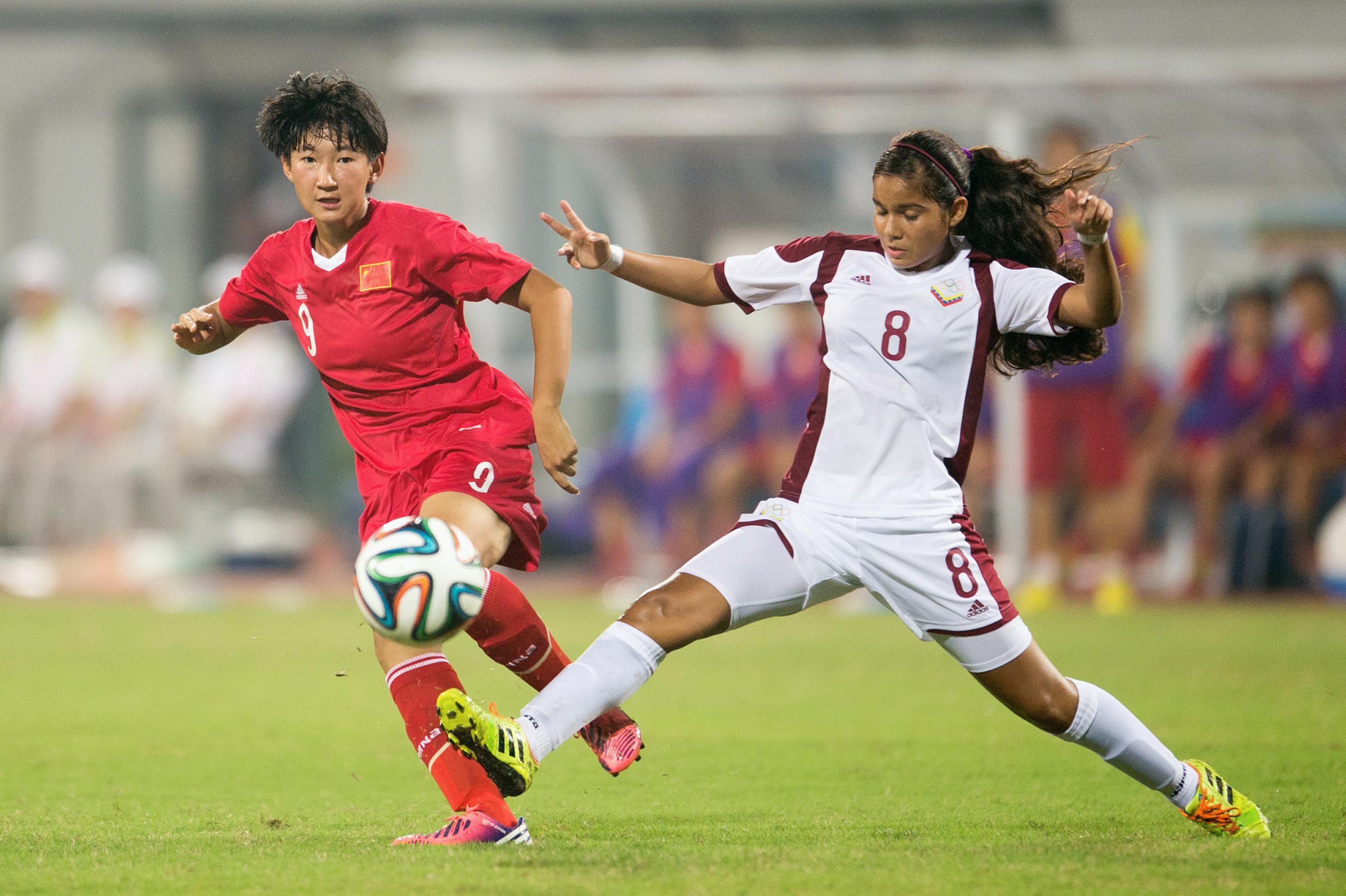Posterior cruciate ligament injury
Only 1 in 10 knee ligament injuries involve the posterior cruciate ligament (PCL).

There are two cruciate ligaments in the knee: the anterior and the posterior. They function as safety belts to inhibit unwanted movement between the thigh bone (femur) and shin bone (tibia). The PCL prevents the shin bone from sliding backwards relative to the thigh bone. The PCL is very strong - stronger than the anterior cruciate ligament (ACL) - and it is far less frequently injured.
Direct impact
50% of all PCL injuries are sports-related, while the rest are due to traffic accidents. The most common cause of injury is a direct impact to the upper part of the leg. For example, if a player gets a kick or blow to the leg with a bent knee.
The injured person will often feel pain behind the knee and sometimes behind the calf. Unlike with ACL injuries, there will often not be any immediate swelling in the knee, though eventually some swelling may appear. The injury may involve a partial or total rupture (tear) of the ligament.
PCL
The posterior cruciate ligament is often abbreviated to PCL.
Treatment and rehabilitation
Injuries to the PCL are usually treated conservatively, meaning rehabilitation without surgery. The results are usually good. With PCL injuries, it is not uncommon to have combined injuries to other structures in the knee. Combined injuries are usually indicative of surgery. The injured knee should, therefore, be examined as soon as possible after an injury.
Rehabilitation with a physiotherapist following a PCL injury will focus on building up strength, mobility, balance, and control. The exercises are gradually made more demanding, and they are increasingly adapted towards the particular sport that the athlete will return to. Rehabilitation should be done for at least 6 months before the athlete can return to sport following a total rupture of the PCL.